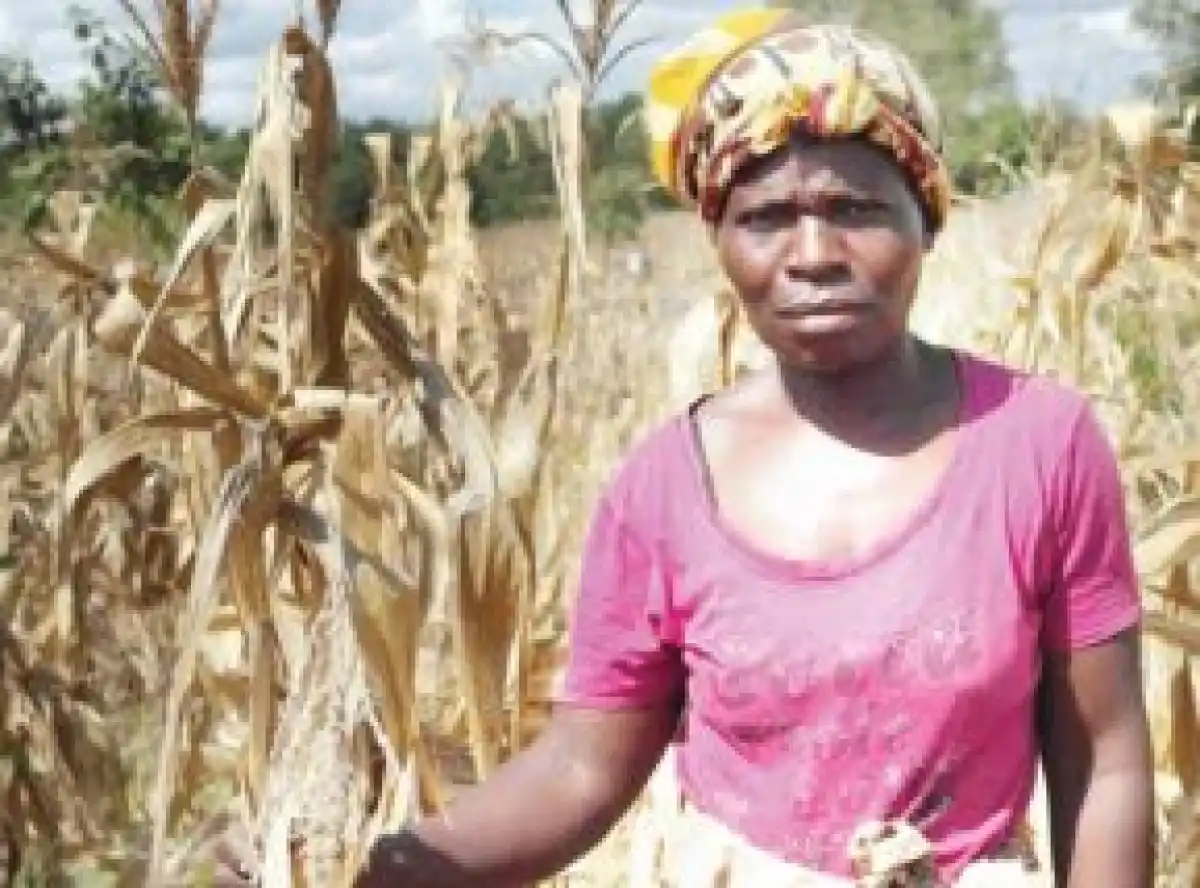
Malawi Vulnerability Assessment Committee (Mvac) says the number of people in need of food aid will increase from 4.2 million to 5.7 million during the lean period from October this year.
In its report on the 2024/25 harvest season, Mvac, a multi-stakeholder grouping, has also projected an escalation in food prices, especially during the lean season.
The 2024 maize production, according to the Mvac report, registered a 17 percent drop to 2.9 million metric tonnes (MT) compared to last season’s 3.5 million MT. This development pushed 4.2 million people to food insecurity status for the period between June and September 2024 in 14 districts.
But Mvac said the situation is bound to worsen by October when the food-insecure population is estimated to increase to 5.7 million, with the spread extending to five more districts at the peak of the lean season.

Reads the report in part: “El Nino [weather phenomenon] impacted food security by causing delayed onset of rains and prolonged dry spells… High cost of agricultural inputs has created a rebound effect on the staple prices.”
The report has come at a time prices of the staple grain, maize, are ranging between K623 and K650 per kilogramme (kg) from K469 and K475 during the same period last year, limiting access to food.
“It [the food shortage] also comes amid the country’s ongoing economic instability, including forex shortages, high commodity prices and inflation,” states the report further.
Mvac has recommended immediate response exercise to distribute 261 574MT of maize projected to cost K278 billion and called for increased winter cropping to avert the situation.
About 340 000 food-insecure people are in urban areas and the number is expected to grow to 553 000 at the peak of the lean season, exacerbated by eroded purchasing power among most Malawians.
Meanwhile, the Department of Disaster Management Affairs (Dodma) it is mobilising funds for the national response plan.
Speaking in an interview yesterday, Dodma spokesperson Chipiliro Khamula said Dodma in collaboration with various humanitarian partners, will develop the 2024/25 Lean Season Food Insecurity Response Plan to guide interventions to the hunger situation.
He said: “Currently, we are mobilising resources under the National El Nino Induced Prolonged Dry Spells and El Nino Response Appeal.
“These resources will be used to provide humanitarian assistance to affected population and boost food production and improve national food stocks as we work towards breaking the cycle of food insecurity.”
On how his institution will respond to the situation, National Food Reserve Agency (NFRA) chief executive officer George Macheka said the agency needs to stock 120 000MT, but has resources for only 80 000MT after securing K58 billion from government and donors.
He, however, expressed hope that NFRA would cover the deficit, saying they are in talks with various local and international development partners for more support.
In the past five years, the number of food-insecure people has increased from 2.6 million to the projected 5.7 million despite the government spending a cumulative K588 billion to boost national food production through the Affordable Inputs Programme (AIP) which supports subsistence farmers.
Reacting to the Mvac report, agriculture research institution and thinktank Mwapata Institute executive director William Chadza has called for serious investment in irrigation farming to avert the perennial food shortages, saying addressing climate-related shocks which have been dominant recently is critical.
He said evidence shows that agricultural yields are higher and more stable under irrigated production compared to rain-fed production.
On the agricultural subsidy policy, Chadza said the increased supply of seed and fertiliser is at the expense of other equally important sectors.
In last year’s Mvac report, an estimated 4.4 million Malawians faced hunger in the 2023/24 consumption period, representing 22 percent of the country’s projected population of 19.6 million. The government committed K167.55 billion for support mechanisms, which included maize distribution and social protection programmes for the affected households.








0 Comments